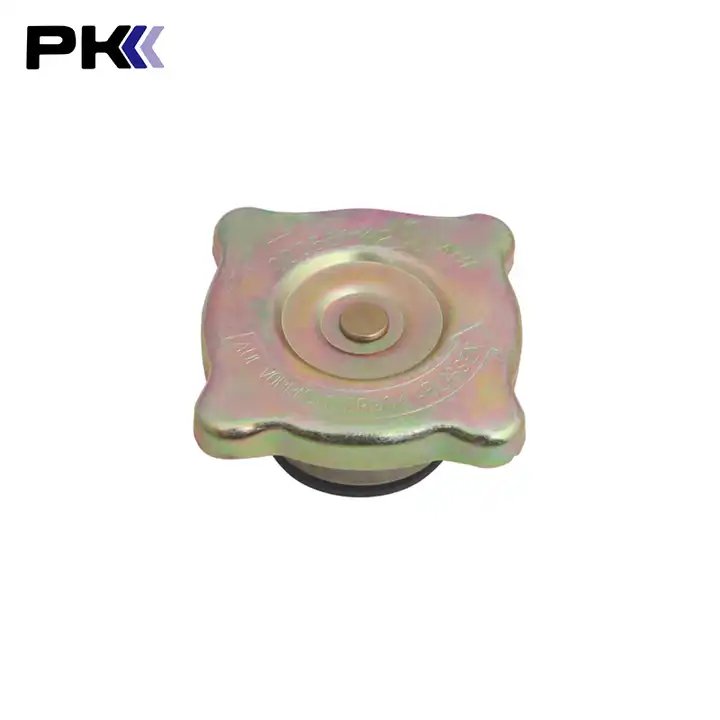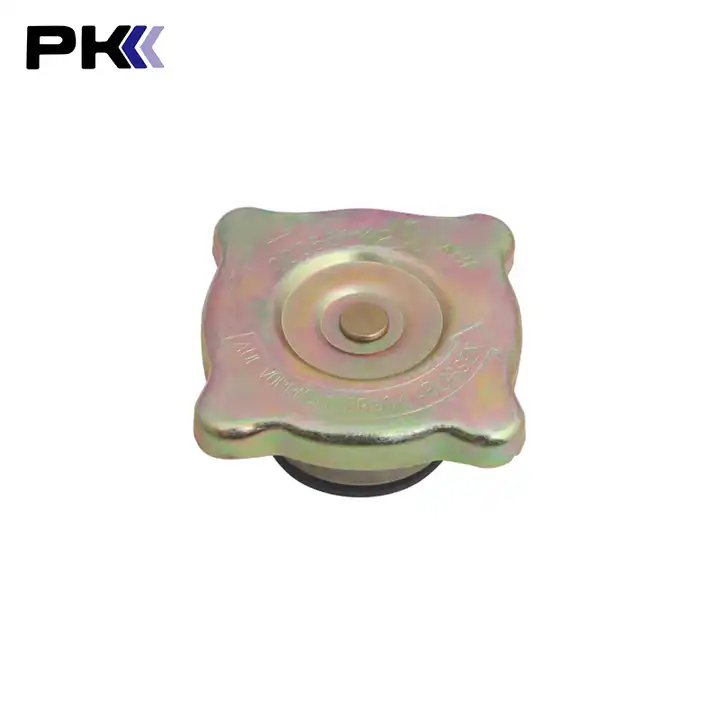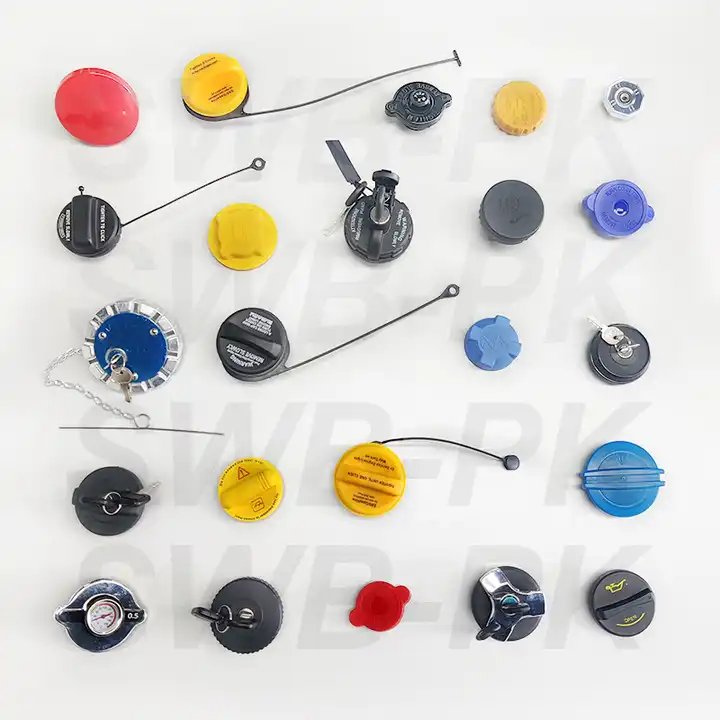Cooling Radiator Cap for Nissan Models: A Vital Component for Engine Performance
When it comes to maintaining your Nissan vehicle’s engine performance, small components can make a big difference. One such component is the cooling radiator cap. Often overlooked, this cap plays a crucial role in regulating the cooling system’s pressure, ensuring that your engine stays at optimal operating temperature and preventing any potential overheating. If you’re driving a Nissan Serena 2018, Nissan X-Trail 2018, Nissan X-Trail (T31) 2007-2014, Nissan Sunny 2011-2016, or the iconic Nissan GT-R 2016, here’s everything you need to know about the importance of the cooling radiator cap.
| Car Fitment | Model | Year |
| Nissan | SERENA | 2018- |
| Nissan | X-TRAIL | 2018- |
| Nissan | X-TRAIL (T31) | 2007-2014 |
| Nissan | SUNNY | 2011-2016 |
| Nissan | GT-R | 2016- |
What Does the Cooling Radiator Cap Do?
The cooling radiator cap serves as the sealing component that keeps the pressure within the radiator system stable. It ensures that coolant circulates effectively through the engine and prevents the radiator from boiling over by maintaining the proper pressure level. This is especially important in modern engines that operate at higher temperatures for better efficiency.
- Pressure Regulation: The radiator cap is designed to maintain the correct pressure within the cooling system. It typically operates at around 13-16 PSI (pounds per square inch), which prevents the coolant from boiling and allows it to absorb and dissipate heat more efficiently.
- Coolant Overflow Control: If the pressure becomes too high, the cap will open a valve and allow excess coolant to flow into an overflow reservoir, keeping the system from being damaged.
- Maintaining Coolant Levels: The cap also helps prevent the loss of coolant through evaporation, ensuring that your vehicle always has the required amount for proper cooling.
Cooling Radiator Cap for Popular Nissan Models
1. Nissan Serena (2018-)
The Nissan Serena is a popular multi-purpose vehicle, and like all modern engines, it requires a highly functional cooling system. For the 2018 model, ensuring the cooling radiator cap is in good condition is essential to prevent overheating, especially if you are frequently driving in stop-and-go traffic or on long highway journeys.
2. Nissan X-Trail (2018-)
The 2018 Nissan X-Trail, a versatile SUV with an efficient cooling system, benefits greatly from a high-quality radiator cap. This model’s robust engine performance demands a reliable cap that can handle the pressure and keep the coolant flowing effectively, especially during long drives or off-road adventures where engine temperatures can fluctuate.
3. Nissan X-Trail (T31) (2007-2014)
For the earlier T31 model (2007-2014), the cooling radiator cap continues to play a significant role in maintaining the engine’s temperature. Older vehicles, like the T31, may have experienced wear and tear on the cooling system, making it even more important to check the radiator cap for signs of damage or leakage to avoid costly repairs.
4. Nissan Sunny (2011-2016)
For the compact and fuel-efficient Nissan Sunny, the cooling system might not be under as much strain as in larger vehicles, but it still requires regular maintenance. A malfunctioning radiator cap can lead to coolant loss or pressure failure, risking engine overheating and reducing the lifespan of the engine.
5. Nissan GT-R (2016-)
The legendary Nissan GT-R, known for its high-performance capabilities, demands top-tier parts, and the cooling radiator cap is no exception. Given the car’s turbocharged engine, precise control of coolant pressure and temperature is vital to maintaining engine performance. A high-quality radiator cap is essential for keeping the GT-R running at its best.
Signs You Might Need a New Cooling Radiator Cap
Even though the radiator cap is a small and often overlooked part, it’s vital to replace it as soon as it starts to fail. Here are a few signs to watch out for:
- Coolant Leaks: If you notice coolant puddling under your car, it could be due to a worn-out radiator cap that’s no longer creating a proper seal.
- Overheating Engine: An engine that consistently overheats, especially after short periods of driving, may have a malfunctioning radiator cap that can no longer maintain the right pressure.
- Hissing Sound: A hissing noise from under the hood, often coming from the radiator cap, indicates that there’s excess pressure being released, which is usually a sign of a faulty cap.
Why Choose the Right Cooling Radiator Cap for Your Nissan?
Choosing the correct radiator cap for your Nissan is essential for ensuring optimal performance. The wrong cap can result in insufficient pressure, coolant loss, and eventually, engine failure. Be sure to purchase a high-quality, OEM (original equipment manufacturer) radiator cap that is designed specifically for your Nissan model.
Whether you’re maintaining a Nissan Serena, Nissan X-Trail, Nissan Sunny, or the performance-focused Nissan GT-R, keeping your cooling system in top shape with the right radiator cap will go a long way in protecting your engine and ensuring reliable, long-term performance.
Conclusion
The cooling radiator cap is more than just a small part of your Nissan vehicle’s cooling system; it’s a key player in maintaining engine efficiency and preventing costly repairs. Regular inspection and replacement of this cap can save you from more significant problems down the road. If you notice any signs of failure, don’t wait too long to replace it. Your engine will thank you!






